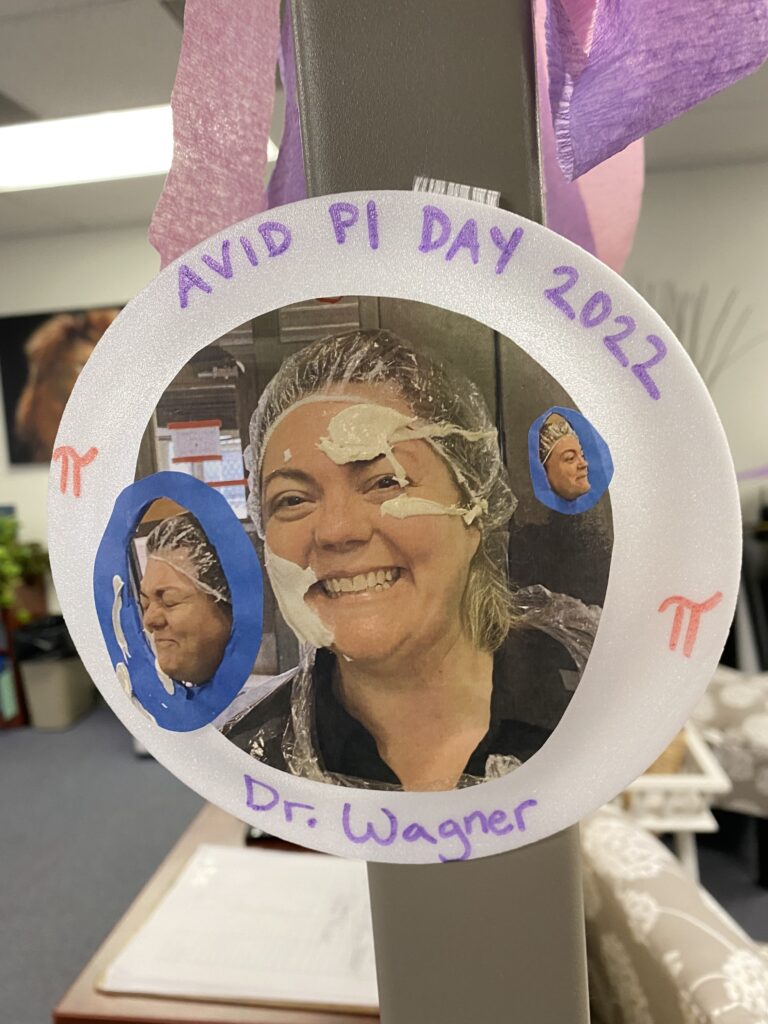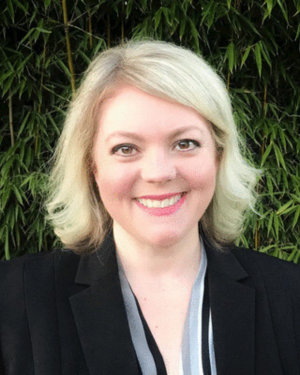With the start of the school year just around the corner, I want to share a note of encouragement with my colleagues around the country. First off, I want to acknowledge how hard you work in such a difficult job. The responsibilities of a school leader are staggering. In my first several years as an administrator, I had a poster on my wall that showed the exponential increase in school leadership duties from the common school movement to today. It is mind-blowing in its complexity. And yet, we still have the same 168 hours in a week. In 2017, pre-pandemic, the U.S. Department of Education shared an example of “A Day in the Life of a High School Principal” for a glimpse into today’s realities.

People who are drawn to school leadership tend to be driven, high-achieving, and seek to improve the lives of others through service. All too often, that means many are “lone wolves” trying to do it all themselves. Whether that is an attempt to reduce the load on others out of care, needing to have things done their way to ensure success (which is typically a fallacy), or simply out of necessity due to staffing, it creates the perfect conditions for overwhelm, burnout, and dysregulation. We have seen a number of articles and reports that a principal exodus is looming.
Still, I am deeply hopeful about the future of school leadership. It is one of the few professions where the leader can see and feel the positive impact of their work. It truly is a rewarding and noble profession, yet we can’t do it alone.
NASSP has established itself as the top resource for secondary school leaders by recognizing their diverse needs. From recommendations for principal recruitment and retention to building leadership networks and advocating for school principals on Capitol Hill, NASSP is the go-to for all things school leadership.
NASSP is committed to the health of the entire educational system by lifting up school leaders. One way the organization demonstrates this commitment is through the clear use of Lee G. Bolman and Terrence E. Deal’s Four-Frame Model. In their book, Reframing Organizations: Artistry, Choice, and Leadership, effective leadership is defined by all four frames: Structural, Human Resource, Political, and Symbolic. Simply focusing on one area, such as the task-oriented structural frame, results in ineffective leadership. No matter the hot topic in education—the pandemic, curriculum, or school safety—having a strong frame of leadership and clear values will be a leader’s North Star. NASSP provides support and perspective for each of these frames.
Education is inherently a people profession. As school leaders, we must address the need for a sense of purpose and meaning in our own work and the work of our staff. And we must give everyone in our schools the power and opportunity to perform their jobs well. Humans need contact, personal growth, and job satisfaction. Leaders must develop and maintain clear expectations and build coalitions and engage in powerful and respectful conflict resolution work.
We don’t know what public education will look like in 10, 20, or 50 years. We have seen technological innovation and best practice research explode in the past 40 years. What do we need for the future? Strong leaders who take every opportunity to learn, grow, and act with integrity for the highest good of all concerned.
It is important to recognize that school leaders and educators are doing a good job in providing quality education. Yes, there are days when we feel more confident or accomplished than others. But that high school graduation day reminds us all why we do what we do throughout the year. Celebration is essential for motivation, no matter how small. Every educator deserves not just a pat on the back but authentic encouragement and acknowledgment that they are seen and heard.
When school starts this year, thank an educator for their service. Send them a quick email—or even better—a note card with an appreciative comment. Celebrate early and often, connect with organizations like NASSP, rely on each other as resources, and stay committed to balancing your own needs as a human to thrive as an effective leader. In doing so, we can move our good to great with humility and will.

